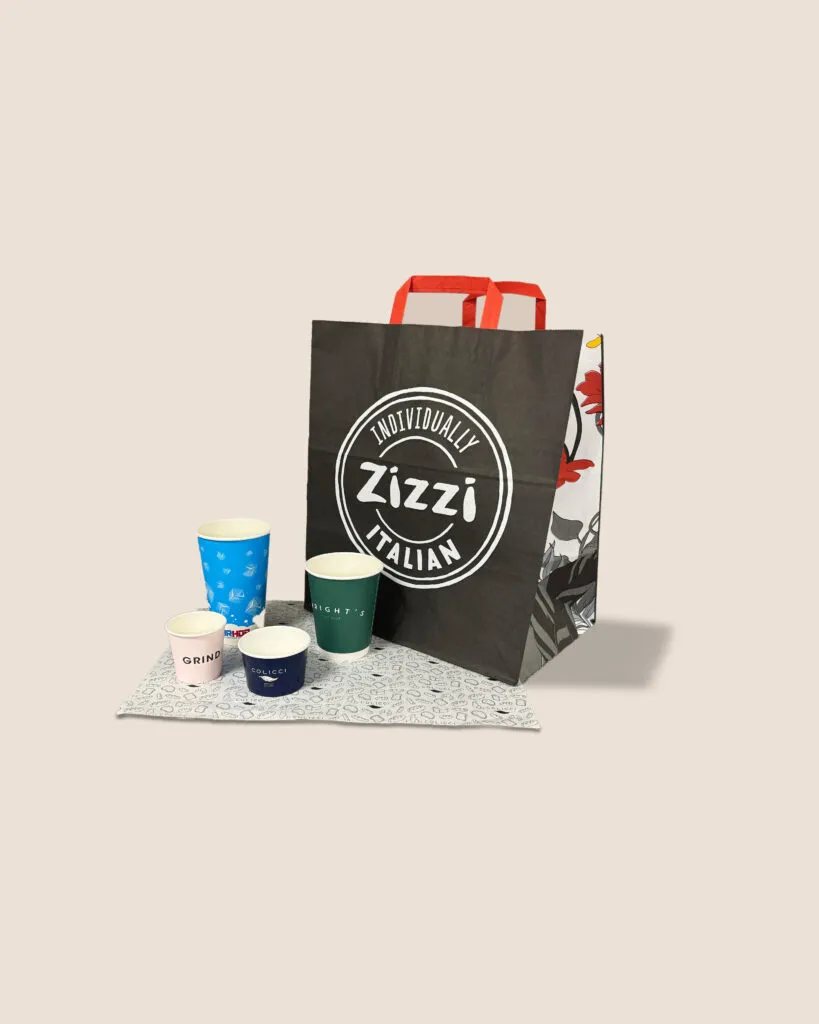Cracking the eco-code: decoding sustainable terminology for customers.

Welcome to the world of sustainable food packaging! As a conscious consumer, understanding the terminology behind sustainable packaging options empowers you to make informed choices that benefit both your business and the planet. This guide aims to demystify the associated lingo.
1. Compostable.
Compostable packaging is designed to break down in a composting environment, turning into nutrient-rich soil without leaving harmful residues. Look for certifications to ensure the packaging meets recognised standards.
2. Recyclable.
Recyclable packaging materials can be collected, processed, and reused to create new products. However, successful recycling often depends on local recycling infrastructure and consumer cooperation.
3. Circular Economy.
A circular economy aims to eliminate waste and keep resources in use for as long as possible. It involves designing products, systems, and processes that minimise resource consumption, maximise reuse, and promote recycling.
4. Sustainable sourcing.
Sustainable sourcing involves obtaining packaging materials from responsibly managed sources that minimise environmental impact, protect biodiversity, and support local communities.
5. Renewable materials.
Renewable packaging materials come from sources that can be naturally replenished over time, such as bamboo, cornstarch, or sugarcane. They have a lower environmental impact compared to non-renewable materials like plastics derived from fossil fuels.
6. Carbon footprint reduction.
Packaging companies that prioritise carbon footprint reduction aim to lower the amount of greenhouse gas emissions associated with their products. This often involves using sustainable materials and optimising production processes.
7. Plastic-free packaging.
Plastic-free packaging avoids the use of conventional plastics. Instead, it employs alternative materials like paper, glass or metal to reduce plastic waste.
8. FSC certified.
The Forest Stewardship Council (FSC) certification ensures that paper and wood-based packaging comes from responsibly managed forests that prioritise biodiversity, conservation, and the rights of local communities.
9. Upcycling.
Upcycling involves taking discarded or unwanted items and creatively transforming them into products of higher value or quality. This reduces waste and conserves resources by giving new life to old materials.
10. Carbon offset.
Taking actions to compensate for carbon emissions by investing in projects that reduce or capture an equivalent amount of greenhouse gases from the atmosphere.
11. Landfill.
Landfills are sites where waste is disposed of by being buried underground. Landfills can be damaging to the environment as they may pollute groundwater, let off greenhouse gases and cause odour pollution.
Understanding these terms empowers you to make choices aligned with your values and contribute to a more sustainable future through your packaging decisions. By supporting companies that prioritise sustainable practices, you’re not just getting quality packaging; you’re also making a positive impact on the environment.
Click here and talk to the team today about prioritising sustainability.

